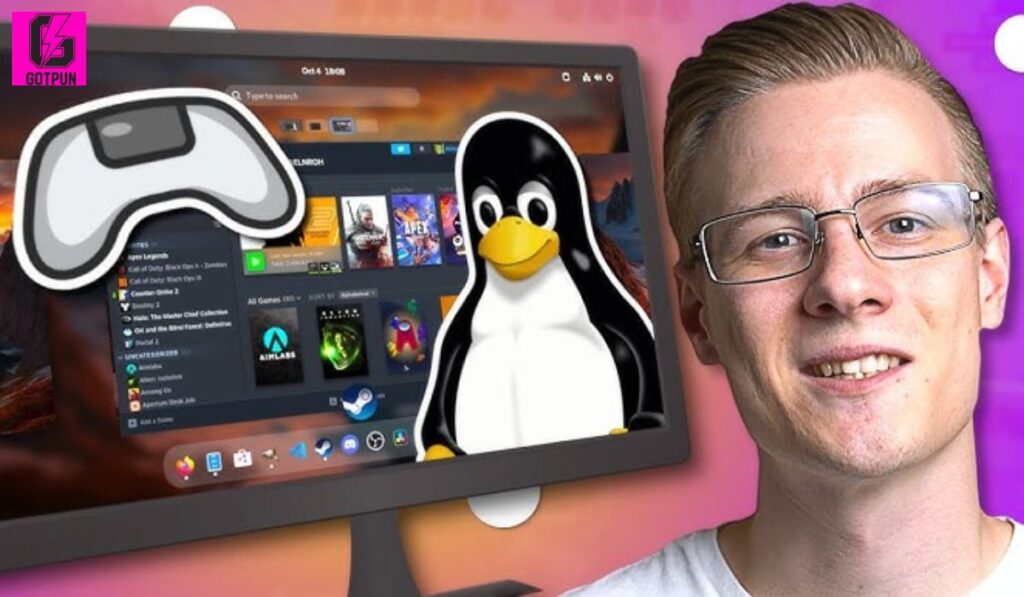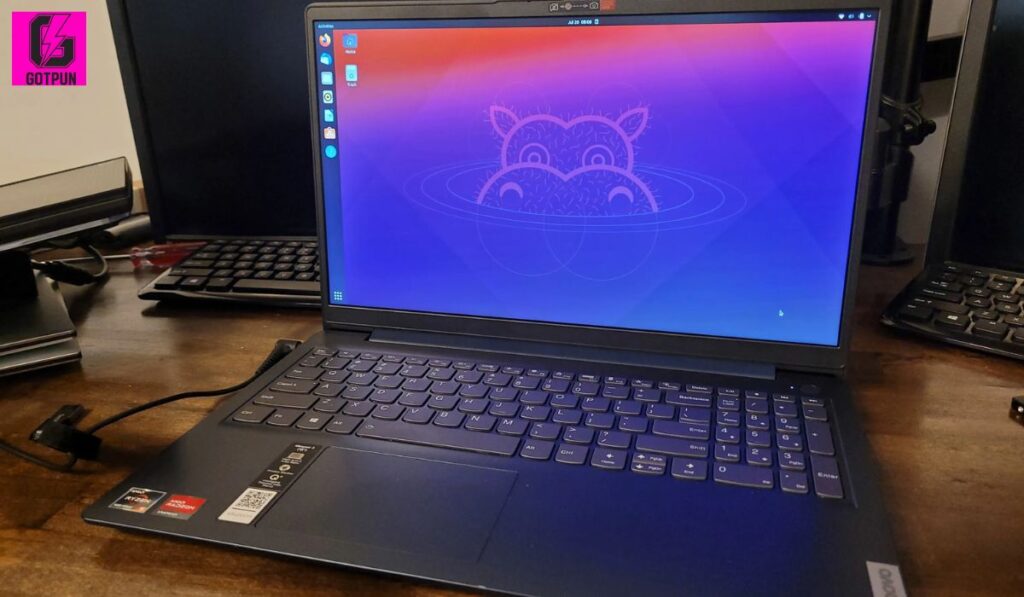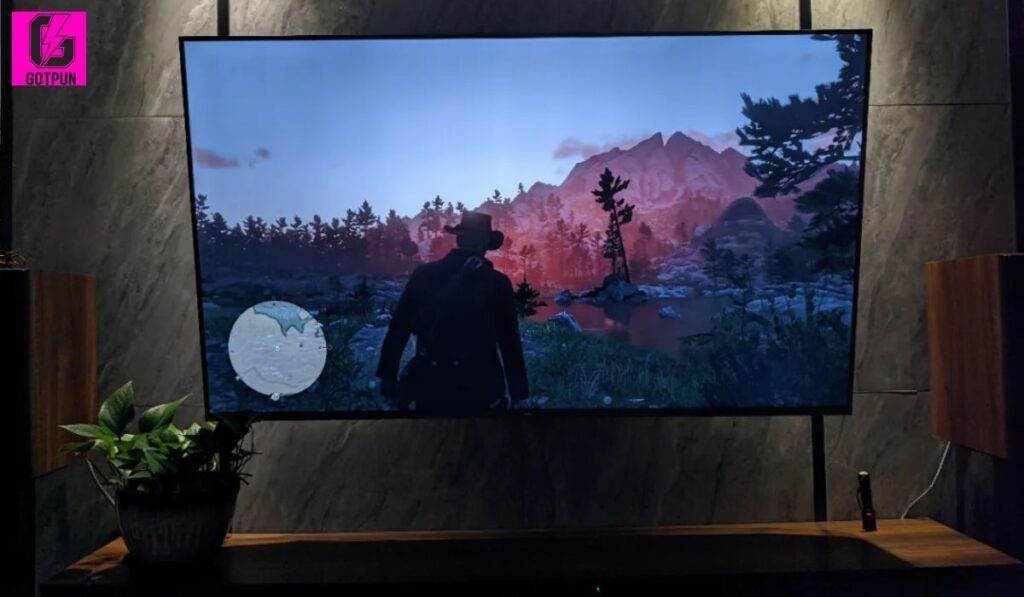Tech enthusiasts know that Linux gaming has evolved dramatically. PBLinuxGaming offers simple tweaks to maximize your gaming experience. By optimizing system resources and configuring graphics drivers properly, players see significant FPS improvements.
The platform includes easy-to-follow tutorials for both beginners and advanced users. These performance hacks transform ordinary Linux systems into powerful gaming machines without breaking the bank.
Use Gamemode for Better Performance
Gamemode is a powerful utility that temporarily adjusts your Linux system’s settings whenever you launch a game. It intelligently reallocates CPU resources, adjusts scheduler behavior, and tunes I/O priorities to give your games maximum performance.
Installation requires just a few terminal commands, and once set up, it works silently in the background. Many games on Steam already support Gamemode integration, giving you significant FPS improvements without manual tweaking.
Enable Feral Interactive’s GameMode (Alternative)

This performance-boosting daemon was originally developed by Feral Interactive for their Linux game ports. When activated, it implements multiple system optimizations including CPU governor settings, I/O scheduling, and process priorities.
GameMode can be triggered automatically by supported games or manually for any game. The installation is straightforward on most popular distributions with packages available in standard repositories. Users typically see 5-15% performance improvement depending on their hardware configuration.
Use Proton-GE for Better Compatibility
Proton-GE is a community-enhanced version of Valve’s Proton compatibility layer with additional patches and fixes. It enables many Windows games to run on Linux that don’t work with standard Proton.
Installation is simple through ProtonUp-Qt, which provides a user-friendly interface for managing different Proton versions. Proton-GE often includes bleeding-edge wine patches, media foundation fixes, and performance enhancements that haven’t yet made it to official Proton releases.
Optimize Kernel for Gaming
Your Linux kernel can be fine-tuned to prioritize gaming performance through various parameter adjustments. Adding commands like “threadirqs” and “nohz=off” to your boot parameters can significantly reduce system latency.
Adjusting the CPU scheduler with the “performance” governor ensures your processor always runs at maximum clock speeds during gameplay. These kernel tweaks are especially effective for competitive gaming where every millisecond counts.
Install Low-Latency Kernel (Ubuntu)
Ubuntu’s low-latency kernel is specifically designed to minimize system response times. Installing it requires just a simple command: “sudo apt install linux-lowlatency”. This specialized kernel modifies scheduling parameters to reduce input lag and audio stuttering during gameplay.
The difference is most noticeable in fast-paced games where timing and responsiveness are crucial. While providing gaming benefits, it maintains compatibility with all your existing software.
Or Use Liquorix Kernel (Better for Gaming)

The Liquorix kernel is a heavily modified version of the Linux kernel specifically optimized for desktop responsiveness and gaming performance. It uses the Zen interactive scheduler which improves multitasking while gaming.
Installation varies by distribution but typically involves adding a repository and installing via package manager. Users report smoother gameplay, reduced stuttering, and lower frame time variance compared to stock kernels.
Enable FSync & Esync for Better Performance
These technologies optimize how Wine (the Windows compatibility layer) handles synchronization between processes. Enabling them reduces overhead when running Windows games on Linux.
FSync provides better performance but requires kernel support, while Esync works on most systems. To enable them, add “PROTON_USE_FSYNC=1” to your Steam launch options. Games with heavy multicore usage can see up to 30% performance improvements.
Overclocking & GPU Tweaks
Linux provides powerful tools like CoreCtrl and GreenWithEnvy for adjusting GPU parameters. Start with modest increases to core and memory clocks (5-10%), while monitoring temperatures.
Create custom fan curves to maintain safe operating temperatures under load. For AMD users, adjust Power Play tables to optimize power delivery. NVIDIA users can benefit from settings like “Cool Bits” to unlock overclocking features in their drivers.
Reduce Input Lag with Picom/Compton
Picom (formerly Compton) is a lightweight compositor that can be configured to reduce input lag. By adjusting vsync settings and backend rendering options, you can minimize the delay between physical inputs and on-screen actions.
Add “vsync = false” and “backend = ‘glx'” to your picom.conf file for best gaming performance. Many competitive gamers disable composition entirely during gameplay for maximum responsiveness.
Use Gamescope for Resolution Scaling

Developed by Valve, Gamescope is a micro-compositor that enables games to run in their own isolated Wayland session. It provides seamless resolution scaling, allowing you to play at lower resolutions with better quality than standard scaling methods.
To use it, install via your package manager and launch games with “gamescope -w 1920 -h 1080 -f — %command%” in Steam launch options. This tool is especially valuable for lower-end hardware.
Optimize Swap & Huge Pages
Setting your swappiness value to 10 (sudo sysctl vm.swappiness=10) reduces unnecessary disk swapping during gaming. Meanwhile, enabling transparent huge pages (echo always > /sys/kernel/mm/transparent_hugepage/enabled) improves memory access times for large applications like games.
Create a swapfile at least equal to your RAM size for system stability during memory-intensive gaming sessions. These optimizations are particularly effective for systems with limited RAM.
Monitor Performance with MangoHud
This lightweight overlay displays crucial performance data while gaming, including FPS, CPU/GPU usage, temperatures, and frame timing. Install it through your package manager and enable it for Steam games by adding “MANGOHUD=1 %command%” to launch options.
MangoHud helps identify performance bottlenecks and verify the effectiveness of your optimizations. Its built-in benchmarking feature can generate detailed reports to track improvements across different settings.
Frequently Asked Questions
Does Linux gaming perform as well as Windows?
With proper optimization, Linux gaming performance can match or even exceed Windows in many titles.
How do I enable Proton for all games?
In Steam, go to Settings > Steam Play and check “Enable Steam Play for all other titles.”
Will these tweaks work on all Linux distributions?
Most optimizations work across distributions, though package names and installation methods may vary.
Can I use these tweaks with non-Steam games?
Yes, many optimizations like GameMode and kernel tweaks benefit all games regardless of launcher.
Is overclocking safe for my hardware?
When done conservatively with proper temperature monitoring, overclocking is generally safe for most modern hardware.
Conclusion
Linux gaming has evolved dramatically in recent years, offering a viable alternative to Windows for gaming enthusiasts. With Valve’s continued investment in Proton and the growing number of native Linux games, the ecosystem is stronger than ever. The optimizations covered in this guide can significantly improve your gaming experience by reducing latency, increasing framerates, and enhancing system responsiveness.
Implementing even a few of these tweaks can make a noticeable difference in your gaming performance. Start with simple changes like GameMode and Proton-GE before moving to more advanced modifications. Remember that Linux gaming is constantly improving, so stay updated with the latest developments in drivers and compatibility tools to enjoy the best possible experience.

Jaffer Smith is a seasoned SEO expert with a passion for content writing, keyword research, and web development. He combines technical expertise with creative strategies to deliver exceptional digital solutions.



